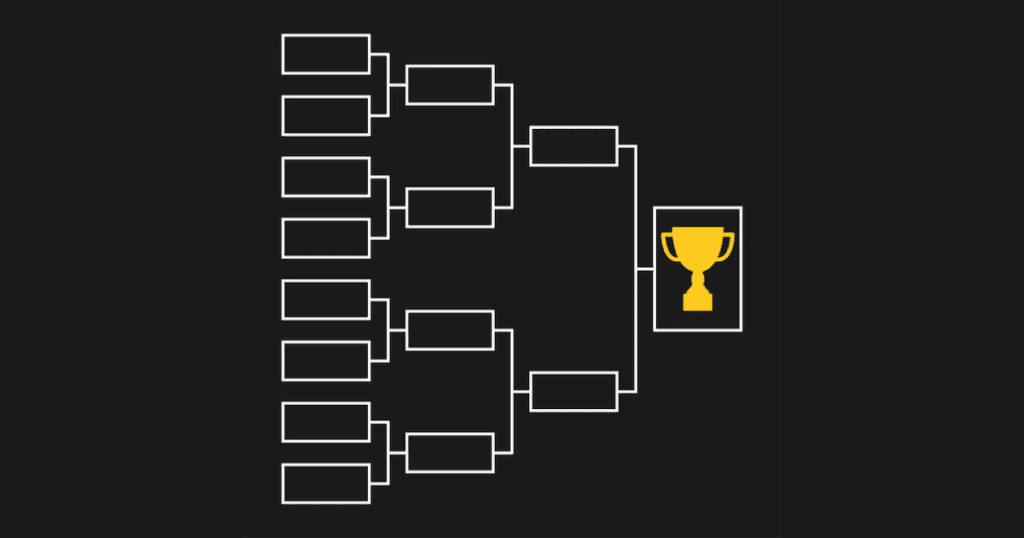The Significance of “Seeding” in Racket Sports
Racket sports, whether it’s the grandeur of tennis or the rapid reflexes of badminton, are as much about skill and agility as they are about strategy and planning.
A term often thrown around in the world of competitive racket sports is “seeded”. But what does it mean, and why does it hold so much significance? Let’s dive into the world of seeding and unravel its mysteries.

What Does “Seeded” Mean?
At its core, being “seeded” in a tournament means that a player or team is given a rank based on past performances, ensuring they do not meet other top-ranked players in the early rounds of the competition.
It’s a way to structure tournaments so that the best players (based on rankings) don’t knock each other out in the initial stages, thereby ensuring high-quality matches in the later rounds, much to the delight of fans and organizers.
Why Is Seeding Important?
- Fairness: Seeding helps ensure that top-ranked players are rewarded for their consistent performances by giving them a relatively easier path in the initial stages of a tournament.
- Viewer Engagement: It ensures that top players, who usually have a significant fan following, remain in the tournament longer, increasing viewer engagement and ticket sales.
- Competitive Integrity: Ensures that high-stakes matches between top players occur in the later stages of the tournament, maintaining the competitive spirit and intensity.
How Are Players Seeded?
Seeding typically relies on a ranking system. For example, in tennis, players earn points based on their performance in various tournaments throughout the year.
These points accumulate, leading to the ATP (for men) or WTA (for women) rankings.
Before a tournament, based on these rankings, players are seeded.
Let’s consider a hypothetical example:
Imagine a major tennis tournament where Roger Federer is ranked 1st, Rafael Nadal 2nd, and Novak Djokovic 3rd. In this scenario, Federer would be the top seed, ensuring he doesn’t meet either Nadal or Djokovic until the finals. Similarly, Nadal, being the 2nd seed, won’t face Djokovic or Federer until the semi-finals, and so on.
Misconceptions About Seeding
One common misconception is that being seeded guarantees an easy path to the finals.
This isn’t the case. Upsets, where lower-ranked players defeat their higher-ranked counterparts, are common in racket sports.
Seeding merely provides a structure; it doesn’t predict outcomes.
Seeding Beyond Singles Play
While most discussions about seeding revolve around singles play, it’s essential to note that doubles and mixed doubles matches in racket sports also employ seeding.
The principles remain the same:
top-performing teams are given priority to ensure they don’t face other top teams early on.
Summary
Seeding is a cornerstone of competitive racket sports. By providing a structured framework for tournaments, it ensures fairness, maintains competitive integrity, and boosts viewer engagement.
While it offers top players an initial advantage, the unpredictability of sports means outcomes are never guaranteed.
Whether you’re an avid fan or a casual viewer, understanding the concept of seeding can enhance your appreciation of the game, adding another layer of strategy and anticipation to each match.